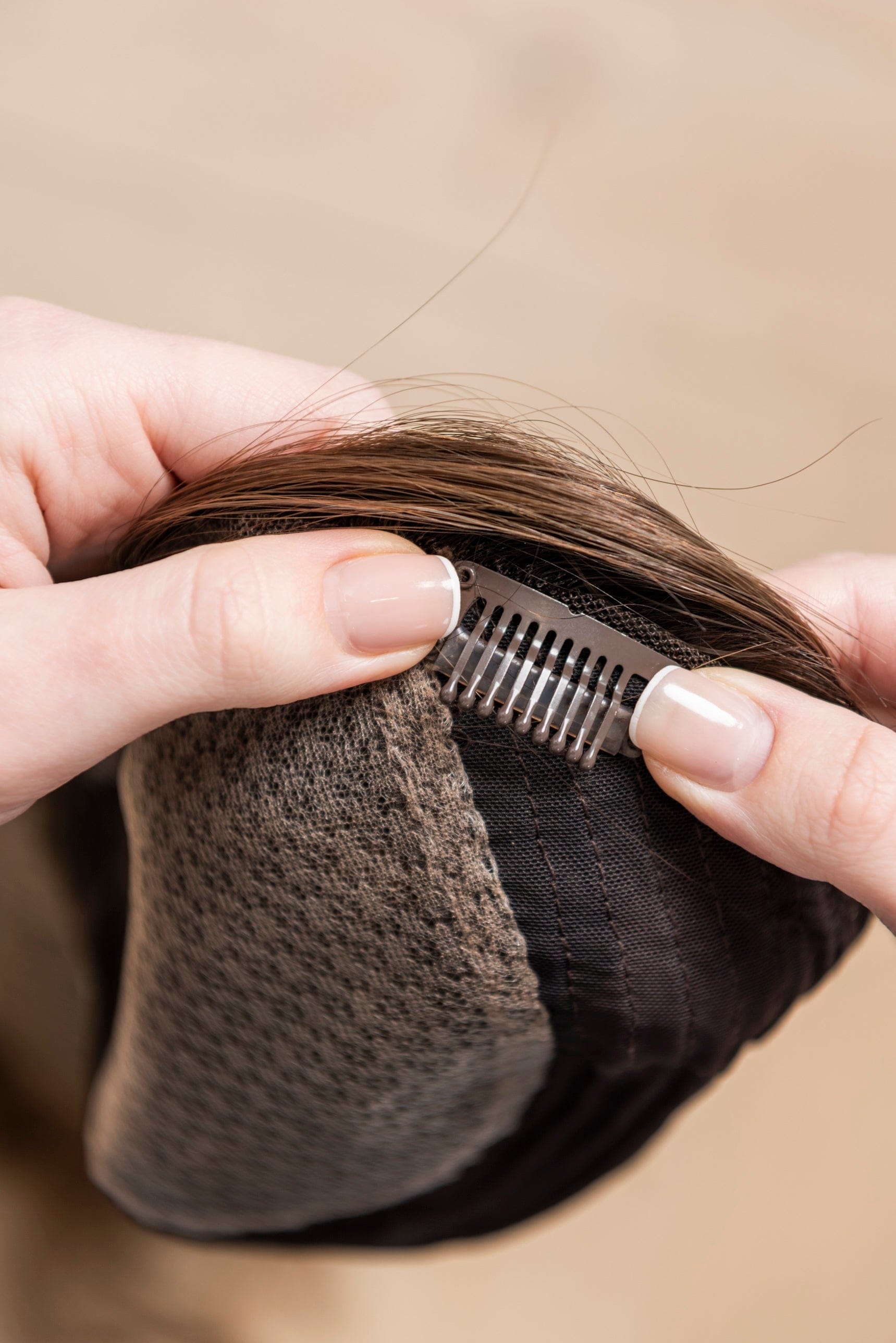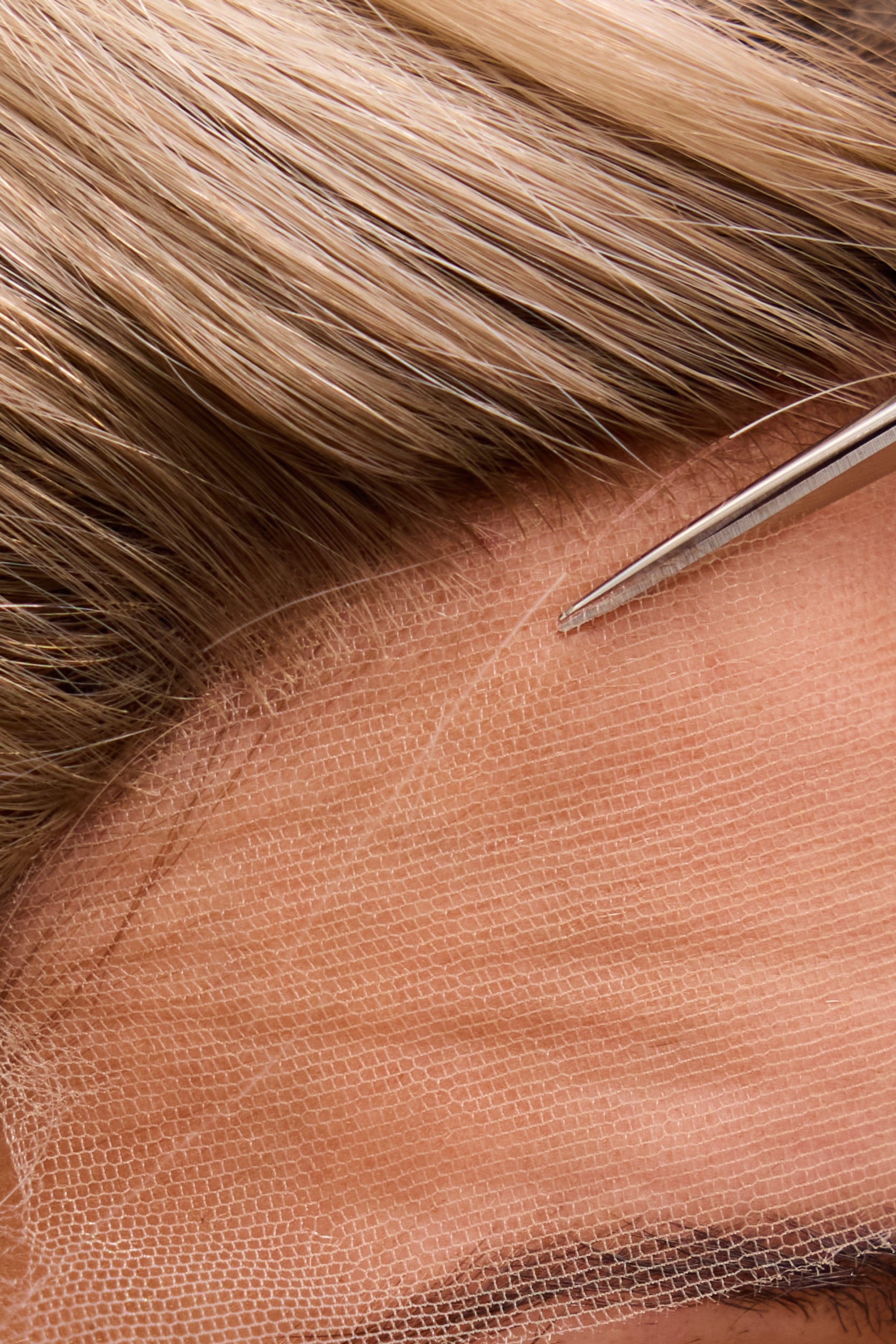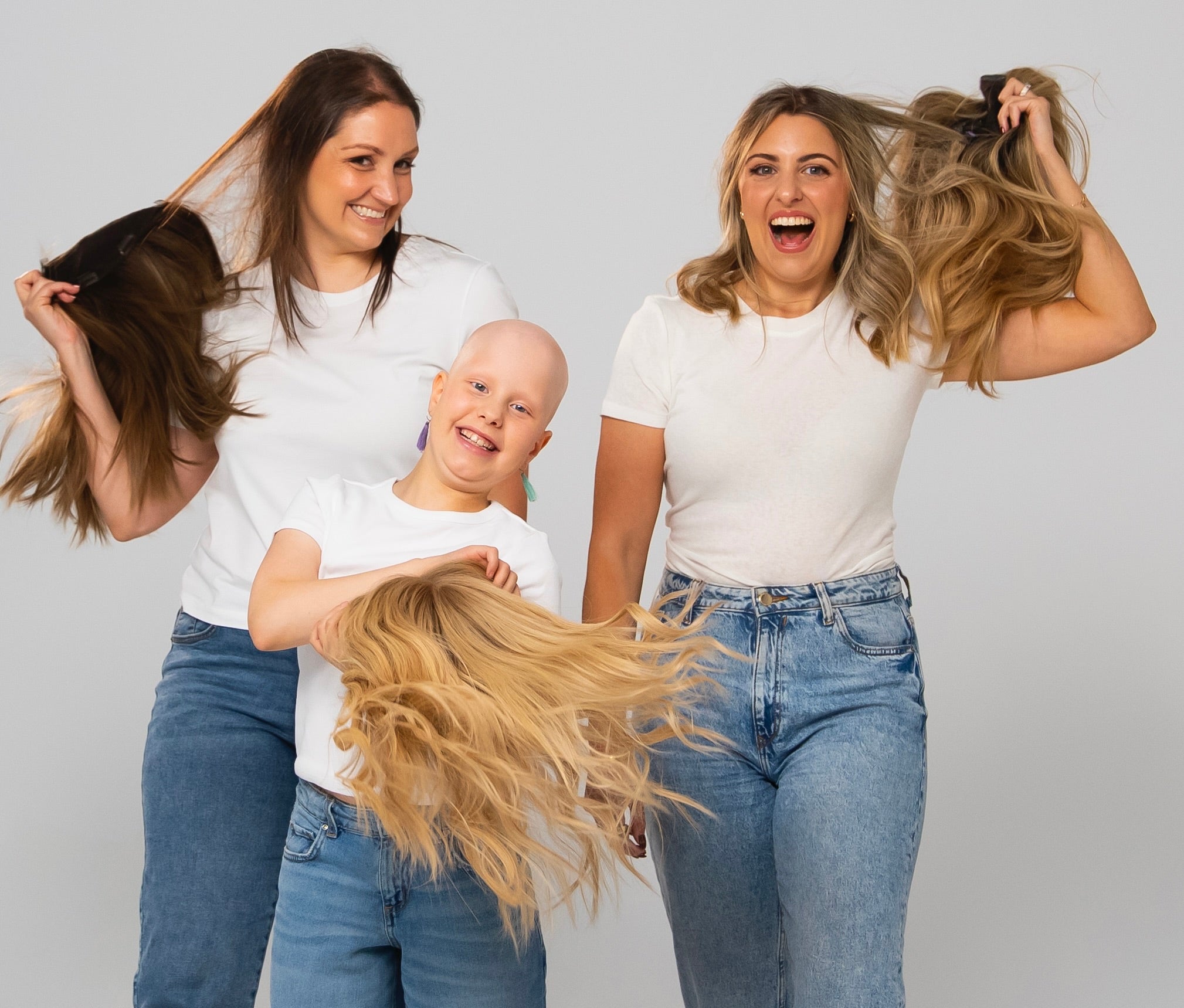If you're anything like me, you've probably spent countless hours researching, hoping, and wondering if this could be the solution to our hair loss woes. And in your research, I bet you've come across hair transplants as an option. You've seen all the incredible before and after photos which show people going from thin hair to glorious, luscious locks.
But, let's break down the hair transplant procedure and assess whether it could be a viable option for you.
Who do Hair Transplants Work For? (And not work for?)
The effectiveness of hair transplants varies wildly. Between 10%-80% of people will regrow their hair after hair transplants.
Hair transplants work best for people with smaller areas of hair loss. For example, people with a high hair line or thinning around the hair line may benefit from hair transplants. Some forms of male-pattern baldness may also respond well to hair transplants.
However, people with more widespread hair loss usually don't respond well to hair transplants. For example, if you have androgenic alopecia and are experiencing thinning all over your crown/scalp, hair transplants are not usually a viable option. Additionally, if you are experiencing hair loss from an autoimmune condition, such as alopecia areata, your immune system will continue to attack the hair follicles in the transplanted area and the hair will fall out again.
Transplants also usually don't work for:
- Chemotherapy patients
- Thick scalp scars from injuries
- Hair loss from medications
How much does a hair transplant cost?
Hair transplants can range anywhere from $4,000-$15,000 per session. This does not include additional costs such as aftercare medications. Most people will also require multiple sessions.
Are there any risks associated with hair transplants?
Hair transplants are arguably the most invasive procedure for hair loss and also comes with the most side effects and risks. Some side effects patients experience include:
- Scarring
- Infections
- Crust or pus
- Scalp pain
- Itching
- Swelling
- Hair follicle inflammation
- Bleeding
- Loss of sensation
- Visible areas of hair that don’t match the surrounding hair or are noticeably thinner
- Continuing to lose hair if your hair is still balding
What is the process for a hair transplant?
1. Consultation:
Before anything begins, a patient will have a consultation with a hair transplant specialist. This is to assess the extent of hair loss, discuss the desired outcome, and determine if the patient is a suitable candidate for the procedure.
2. Donor Site Selection:
Hair transplants rely on taking hair from a 'donor site' and moving it to an area with thinning or no hair. The donor site is typically the back or sides of the head, where hair is more resistant to balding.
3. Preparation for the Surgery:
On the day of the surgery, the patient's scalp is cleaned, and a local anesthetic is applied to numb the area. Some clinics might also offer sedation for added comfort.
4. Harvesting the Hair:
There are two primary methods for harvesting hair:
-
Follicular Unit Transplantation (FUT): A strip of skin with hair is removed from the donor area. This strip is then divided into tiny grafts, each containing just a few hairs.
-
Follicular Unit Extraction (FUE): Individual hair follicles are removed directly from the donor area using tiny punches. This method avoids a linear scar and is less invasive than FUT.
Tiny incisions are made in the areas where hair will be transplanted. The surgeon will make these incisions in a pattern and angle that mimic natural hair growth, ensuring the results look as natural as possible.
6. Transplanting the Hair:The prepared grafts (from the FUT or FUE method) are then placed into the incisions. Care is taken to ensure that the hair follicles are transplanted in the direction of the hair's natural growth.
7. Closing and Cleaning:For FUT, the donor area (where the strip was taken) will be sutured or stapled closed. The scar is usually hidden by surrounding hair. With FUE, there are no sutures, as only tiny puncture marks are left which heal on their own. The transplanted area is then carefully cleaned and may be covered with a bandage or gauze.
8. Recovery:Post-procedure, there might be some pain, swelling, or redness, which is normal. Pain medications and antibiotics may be prescribed. Patients are usually advised to take a few days off work and avoid strenuous activities.
9. Hair Growth Post-Transplant:Initially, the transplanted hair will fall out – this is a normal part of the process. New growth will start in a few months. It can take 6-12 months to see significant results.
10. Follow-up:Patients will have follow-up appointments to check on the progress and ensure everything is healing well.
It's essential to note that while hair transplants can offer lasting results, they might not be a one-time solution. Some people may require multiple sessions to achieve their desired hair density, especially if hair loss continues with age. Always consult with a reputable hair transplant specialist to understand the procedure, risks, and expected outcomes.
The Reality for Alopecia Sufferers
Alopecia is a tricky beast. Because it's an autoimmune disorder, even if you transplant new hair follicles into the balding areas, there's no guarantee that your immune system won't just attack these new follicles too.
Moreover, for those with extensive hair loss or alopecia universalis (complete hair loss all over the body), there might not be enough donor hair to cover all the bald areas. And let's be real, patchy results or not having enough coverage can be just as distressing.
The Silver Lining
Now, I'm not here to rain on anyone's parade. Some people with alopecia have had success with hair transplants. But it's essential to go into it with eyes wide open and realistic expectations. It's always a good idea to have a heart-to-heart with a trusted dermatologist or hair transplant specialist. They can give you the lowdown on your specific situation and whether you're a good candidate.
Embracing Other Options
While the idea of a permanent solution like a hair transplant is tempting, there are so many incredible options out there for us. Toppers and wigs have come a LONG way. I mean, the wigs we have today? They're not the ones your grandma wore. They're designed for comfort, security, and naturalness. And the best part? No surgeries, no medications, and no waiting for results.
I've been on this journey myself, and I can't tell you how empowering it is to find a hair solution that feels just right. It's like finding that perfect pair of jeans that hug you in all the right places. And the confidence boost? Priceless.

















